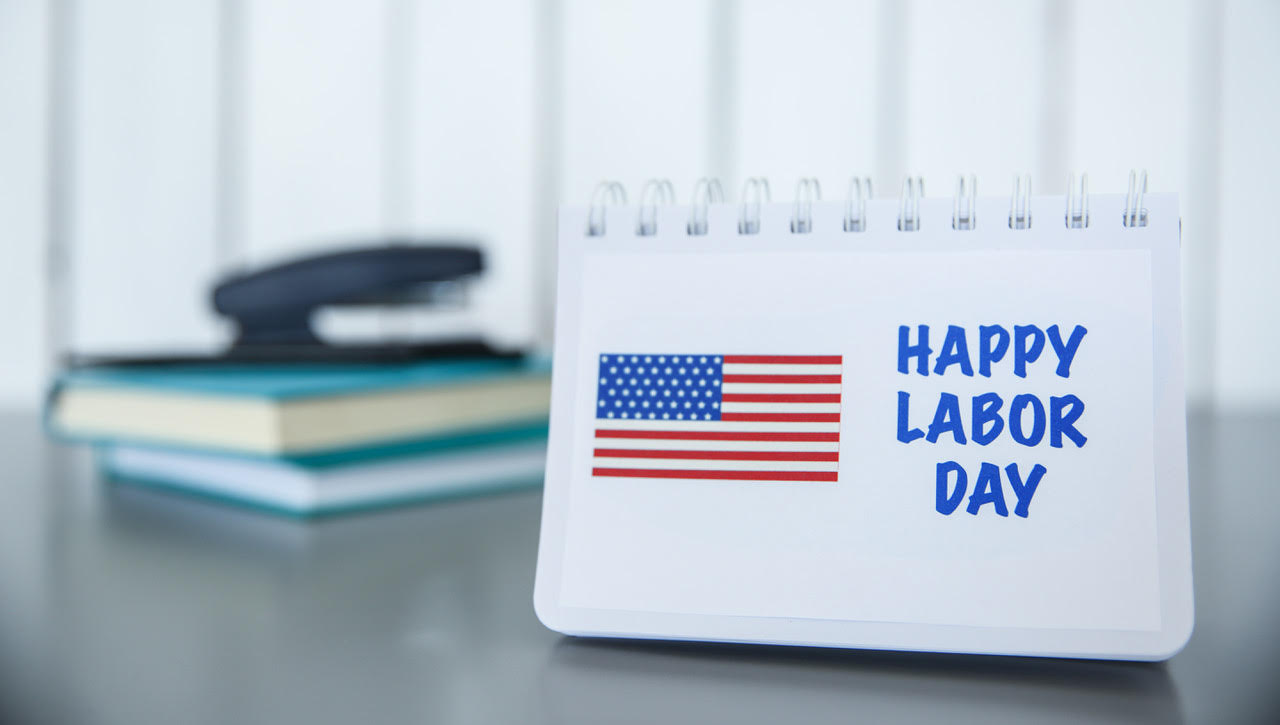Creating the Perfect Demand Letter

Five Tips for Compelling
Your Debtors to Action
Imagine receiving hundreds of letters daily, but only one grabs your attention, making you sit up and take action.
Sounds like magic, right? Well, it’s not sorcery—it’s the skill of creating an effective demand letter. In a world where inboxes are overflowing and attention spans are shrinking, getting your message across can feel impossible. By following these five expert-proven tips, you can transform your demand letter into a powerful tool that shines through the clutter and compels action. In this guide, we’ll dive into five secrets behind creating demand letters that not only get noticed but also get results.
#1. Customize Your Language to Your Audience
Don’t we love it when a friend empathizes with our problems? While empathy may not be the first emotion that comes to mind when writing a demand letter, personalizing the letter’s content is vital to connecting with your audience. Customizing your language for your audience can significantly increase your letter’s effectiveness.
For instance, a study by the Persuasion and Compliance Lab at Cornell University found that tailored messages increased compliance rates by 47%! Understanding your recipient’s industry, history, and company trajectory can make your demand letter more compelling and relatable.
#2. Leverage Data and Analytics
In a perfect world, we would simply send the debtor a long list of outstanding balances and receive the payment the following day. Alas, our world is not perfect, and payment does not always come easily. Although numbers are the most overlooked part of any demand or dunning letter, including data and analytics is proven to strengthen your case.
According to a 2020 report by McKinsey, the oldest and largest management consultancy firm, companies that use data-driven decision-making are 23 times more likely to acquire and retain customers than their competitors. Including specific figures, such as the amount owed and the original agreement terms, provides clarity and demonstrates thoroughness to the recipient. Letters with data-specific information motivate recipients to consider the letter’s content seriously.
#3. Utilize Psychological Strategies
Psychology is more than an intricate and complex field of science; it is used commonly in everyday interactions. Incorporating psychological strategies will result in a more effective demand letter, whether you’re using persuasion, urgency, or emotional appeals.
A study published by the Journal of Consumer Research indicated that urgency-based messages could increase response rates by up to 34%. Phrases like “immediate action required” or “last opportunity” can prompt swift responses from the recipients.
#4. Anticipate and Address Potential Disputes
Addressing potential disputes within the demand letter shows that you have considered the recipient’s perspective and position. Research from the Harvard Negotiation Project shows that addressing potential disputes in the first contact can lead to a 19% increase in settlement rates. It also demonstrates a comprehensive understanding of the recipient’s situation and challenges while maintaining a forward and direct message.
#5. Optimize the Timing and Delivery Method
It only takes one minor issue to create a downward spiral effect, ruining an entire day. You can avoid triggering a downward spiral for your recipient by considering the impact of timing and delivery method. According to a survey by InsideARM, letters sent on Tuesday or Wednesday are more likely to be read and acted upon, and mail received between 9-11 a.m. or 1-2 p.m. has the best chance of being opened.
Mastering the Art of Persuasive Demand Letters
The difference between a successful outcome and a missed opportunity often boils down to the details of your approach. Following these five tips can dramatically improve your demand letter effectiveness.
However, legal guidance is always recommended in the world of demands and disputes. All demand letters must comply with state and federal guidelines. Using proper legal wording and adhering to legal standards strengthens your position and helps avoid potential legal problems. It’s always best to consult with an attorney who is knowledgeable in consumer protection laws.
Unfortunately, some recipients of your demand letters may not cooperate, and further steps are recommended. If in doubt, reach out to us at BARR Credit Services to assist you. As professionals in the realm of demands and credit solutions, we are dedicated to helping involved parties continue business as smoothly as possible while resolving outstanding issues. We are here to support you in maintaining a healthy financial relationship with your clients while ensuring you get your money faster.
Sources:
Featured Image: Adobe, License Granted
McKinsey
Harvard Business Review
InsideARM






You must be logged in to post a comment.